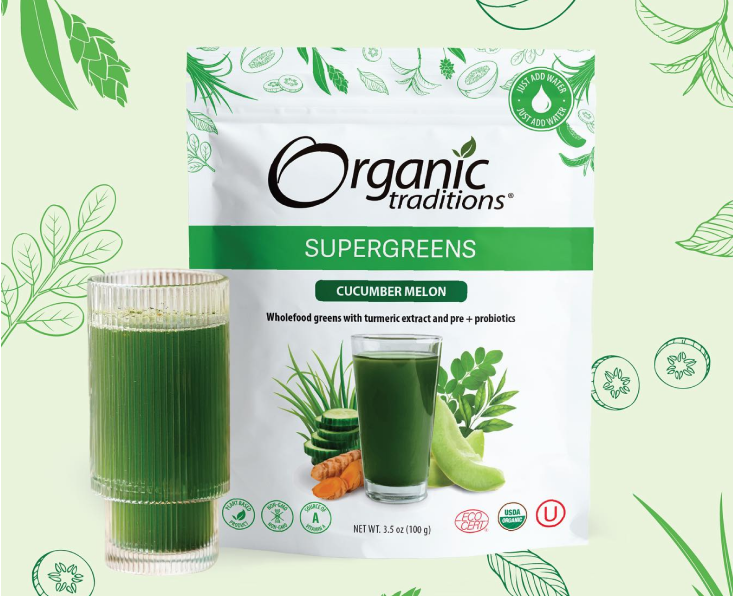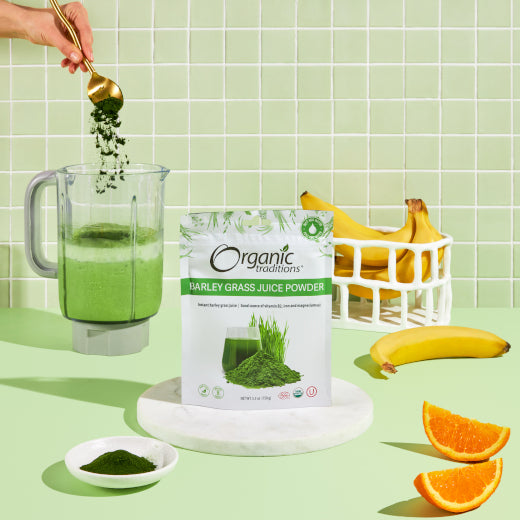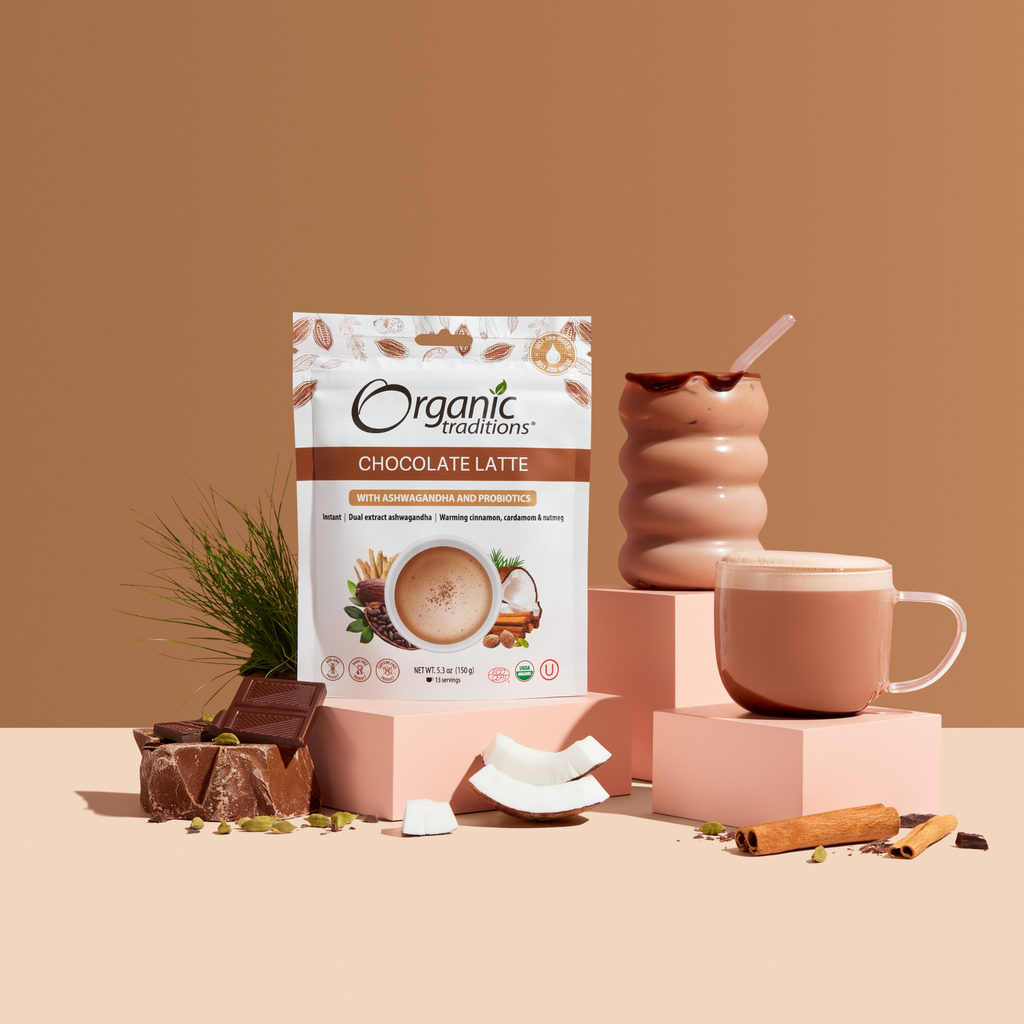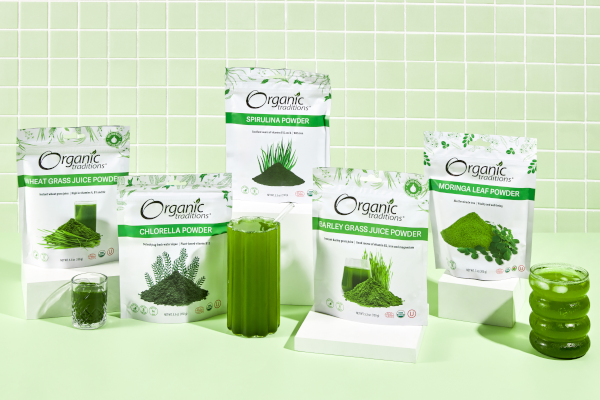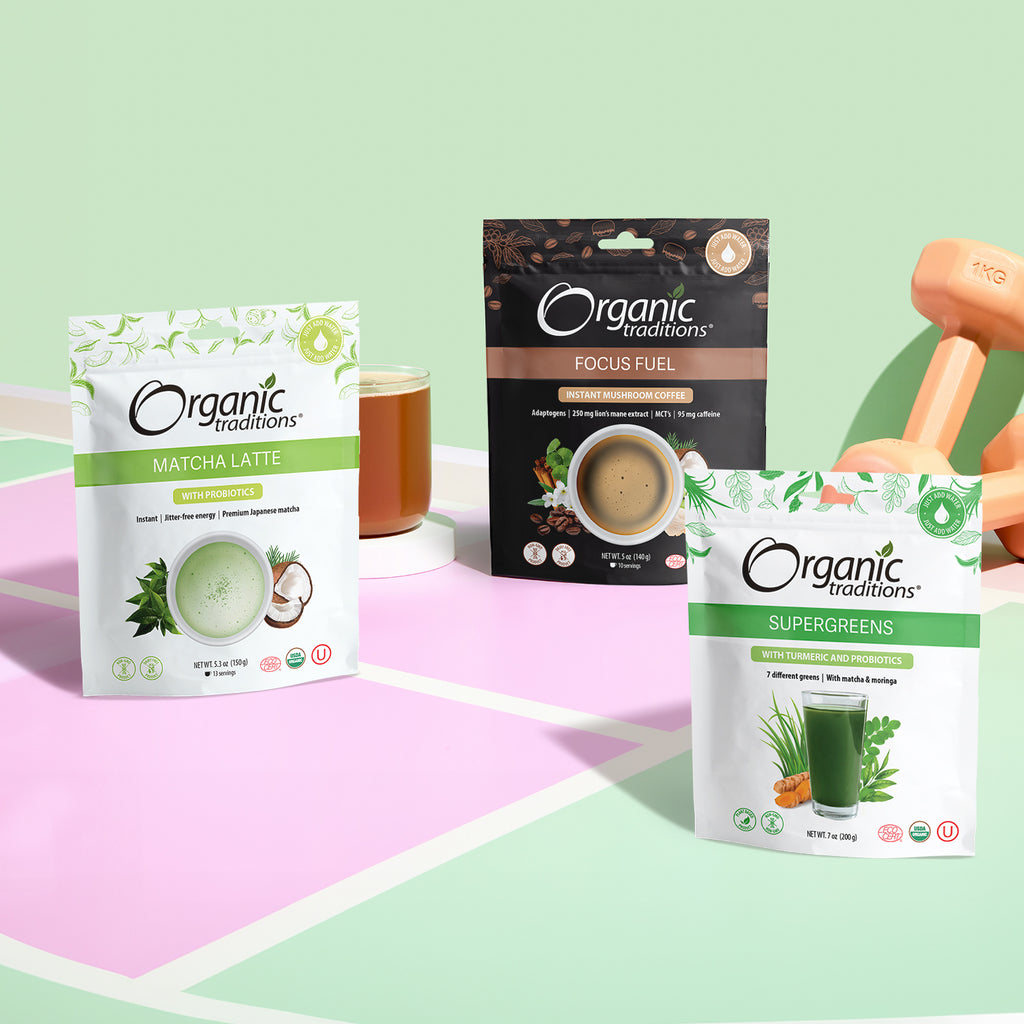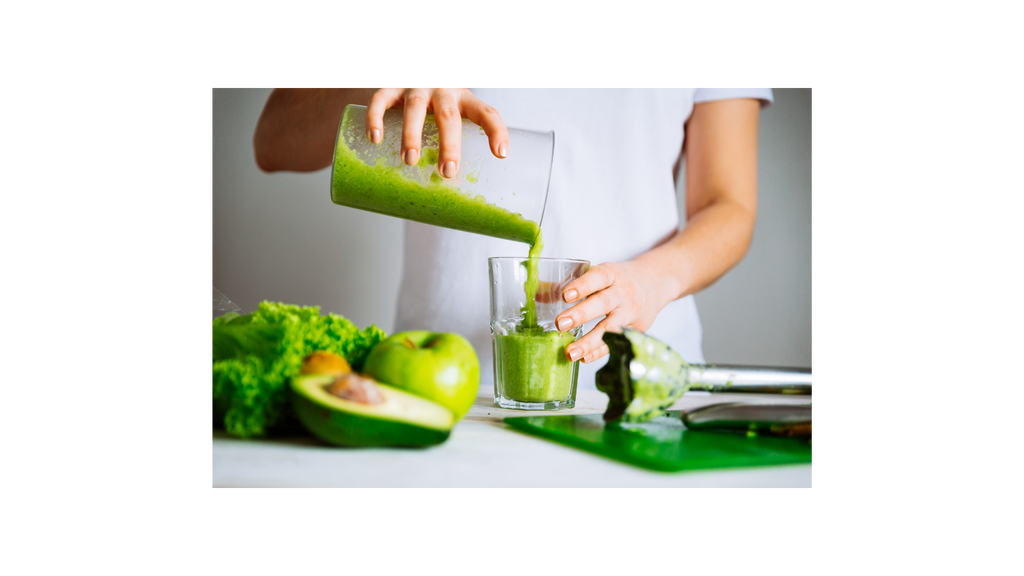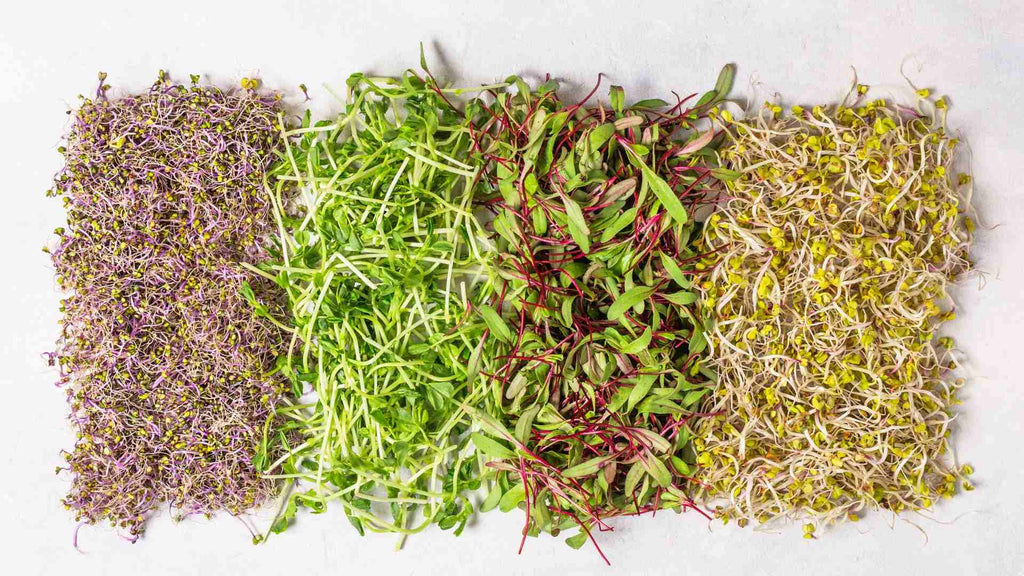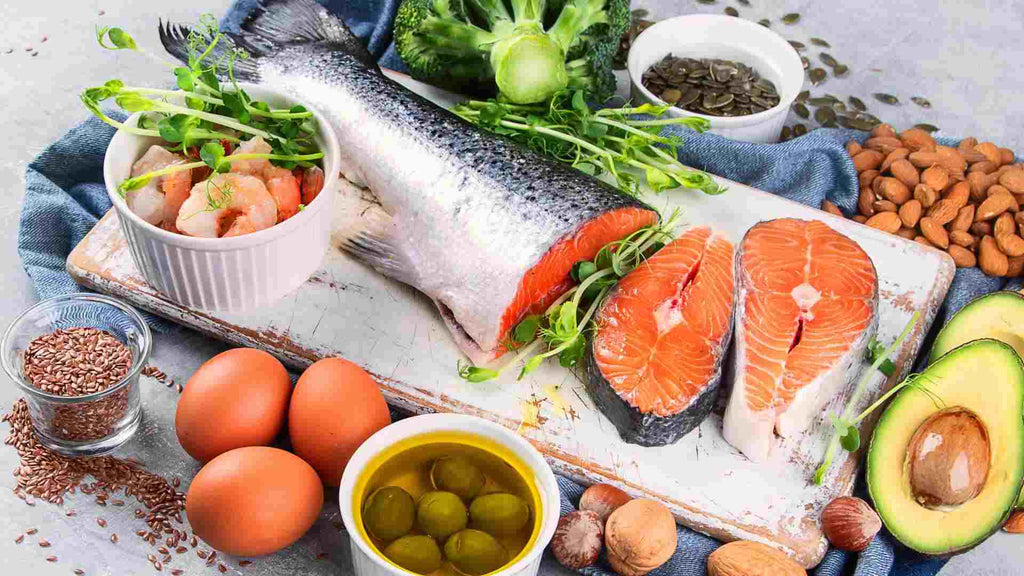Beginner’s Guide to Healthy Eating ( Easy Tips to Stick To!)
by Vickie Chin on Jul 21, 2023
If you have ever tried to start eating healthy, you know how challenging such a goal can be.
Although eating healthy may sound easy enough, if this is not something you are used to or regularly practice, it can feel majorly disruptive to your daily routine.
In truth, making significant dietary changes can be difficult for everyone. To achieve change that is both healthy and sustainable, you must approach your goals in a way that works best for your lifestyle.
This article takes you through the basics of healthy eating, including the key components of a healthy diet and essential tips for beginners that can help you stick to it.
Keep reading to learn more about how to approach healthy eating as a beginner!
Understanding the Basics of Healthy Eating
Balanced nutrition is the key to maintaining all aspects of your health, both mental and physical.
A balanced diet is crucial for keeping your immune system functioning optimally and giving your body the best chance against diseases and other health conditions.
However, despite the vital importance of balanced nutrition, many people struggle on a daily basis to keep up with a healthy eating routine. While it can be simple to suggest that a person needs more discipline, the reality of living a healthy lifestyle is much more complex and requires the right knowledge and support.
With this in mind, let’s quickly cover the basics of how to successfully start eating healthy:
- Set Realistic Goals: Where many people go wrong with healthy eating is setting goals that are way too ambitious when they are just starting out. The best way to start this healthy routine is to set realistic goals that you can stick to and gradually increase the intensity of the changes you are making. For example, rather than deciding to cut out all processed sugars for good, you could begin by setting the goal of eating fruit when you would normally eat candy or other processed sweets.
- Focus on Building vs. Restricting: As you strive to create a healthier diet and lifestyle for yourself, focus on building better habits rather than restricting bad behaviors. Placing too much pressure and restriction on yourself is a great way to burn yourself out and kill your motivation to continue. By comparison, building and practicing good habits ensure you experience the benefits of healthy eating as a beginner even when you slip up or make a mistake here and there.
- Give Yourself Grace: While there have been many great outcomes from the rise in popularity of the health and wellness industry over recent years, there has also been a rise in a guilt mindset surrounding healthy eating. Your ultimate goal with starting to eat healthy food should be to provide better support to both your physical and mental health, which means giving yourself the grace to make mistakes and recognizing that long-term, sustainable change takes time.

The Key Components of a Healthy Diet
As you start out on your healthy routine of the eating journey, the first key step is to establish the basic components of a healthy diet.
These components are the building blocks that can help you create sustainable change and set realistic goals at the beginning of your journey. Here are the four key components of a healthy diet:
1. Eat a wide variety of fruits and vegetables
Fruits and vegetables are some of the most nutrient-dense foods you can find.
Even if you are not ready to cut out highly processed foods from your diet just yet, adding more fruits and vegetables to your meals can be a great starting point for your new diet.
The best way to begin adding more fruits and vegetables to your diet is to simply try to reach the recommended servings for each every day.
According to the American Heart Association, you should be eating four servings of fruit and five servings of vegetables every day.
Let’s break this down further by looking at what one serving size looks like for different fruits and vegetables:
One serving of fruit can equal:
- One medium-sized fruit (such as an apple)
- 1/2 cup of fresh, frozen, or canned fruit
- 1/4 cup of dried fruit
- 1/4 cup of pure fruit juice
One serving of vegetables can equal:
- 1 cup of raw leafy greens
- 1/2 cup of fresh, frozen, or canned vegetables
- 1/2 cup of vegetable juice

2. Choose whole grains over refined grains
When working to eliminate highly processed foods from your diet, one of the best places to start is grains.
A whole grain retains all parts of the grain kernel, involving minimal processing to produce the end product you buy at the store to eat. Comparatively, refined grains have crucial parts of the grain kernel removed during processing, lowering their overall nutritional value.
Common examples of refined grains include white bread, white flour, and most commercially-produced baked goods and pre-packaged goods.
Here is a list of some of the best whole grains to begin incorporating into your diet:
- Whole wheat bread and pasta
- Brown rice
- Oats
- Quinoa (sprouted quinoa also is a good option)
Each of these whole grains is easy to prepare and find at your local supermarket. Integrating these grains into your diet is as simple as replacing one refined grain with its whole grain counterpart, such as swapping out white rice for brown rice in your meals.
3. Include lean proteins
Anytime you make a major dietary change, it is crucial to make sure you are getting enough protein. Lean proteins are those that are lower in fat content, allowing you to eat more of them without worrying about the extra fat that may affect your health, cholesterol, and daily calorie count.
Most highly-processed meats, like sausage and bacon, fall into the non-lean category and are high in fat. Additionally, red meats are typically considered non-lean proteins as well, making it highly important to limit your intake of red meat.
Some great lean protein options include:
- Skinless chicken
- Lean fish (such as salmon, tuna, and mackerel)
- Shellfish Lean-cut beef (like sirloin and tenderloin)
- Plant-based proteins (legumes, tofu, and tempeh)
- Low-fat dairy products (such as Greek yogurt and cottage cheese)
- Eggs

4. Incorporate healthy fats
Fat is not a bad word in a healthy diet!
In fact, fats are one of the crucial nutrients your body needs from a balanced diet. The key to fat consumption is to focus on eating healthy fats, also known as unsaturated fats.
Some excellent sources of healthy fats include:
- Avocados
- Extra virgin olive oil
- Nuts and organic seeds
- Fatty fish
- Nut-based butters (peanut butter, almond butter, etc.)
- Coconut oil
- Flaxseeds
- Chia seeds
4 Tips for Creating a Healthy Eating Plan
Now that you know the basic components of a healthy diet, let’s now discuss the key tips to follow for creating a healthy plan you can stick to while eating:
- Practice portion control: If you are someone who is used to overeating, one of your first goals should be to practice portion control. Portion control means not only following the recommended serving sizes for each food but also making sure each of your meals is colorful and balanced.
- Look at the food label: Foods with nutrition labels contain a lot of vital information that is key to pay attention to on your healthy routine of eating journey. Always check the label for details like calories, fat content, sugar content, and processed ingredients. As for whole or unpackaged foods, the USDA’s Food Data Central can provide you with most of the nutritional information you need.
- Pay attention to high-calorie foods: While you don’t want to be too restrictive with your calorie counting, paying attention to the caloric content of foods is vital for learning how to intuitively practice portion control. For example, nuts can be high in calories despite their small size, leading to the recommended serving sizes being smaller than you may expect.
- Be mindful of beverages: Drinks can hide a lot of empty calories that go against your healthy eating goals. Anytime you drink a beverage, make sure to check the ingredients for calories, fat, sugar, flavorings, and other key details. Examples of drinks to be wary of include sugary coffees, soda, and processed fruit juices or smoothies.
Final Thoughts: How to Overcome Challenges and Stay Consistent
Establishing a healthy diet is the key to living a healthier life — if you can stay consistent.
Consistency is always critical when dietary changes are involved, whether you are learning how to manage cravings and navigate social situations or working to overcome more intense issues in your relationship with food, such as overeating or undereating.
Here are three final tips for successfully following a healthy diet:
Think of a healthy diet as a long-term lifestyle change, rather than a short-term goal
Handle social situations with flexibility — you can have a few drinks and a treat, but give yourself reasonable limits and stick to them
Develop strategies to overcome emotional eating, undereating, and other eating-related issues (and if you suspect you may be dealing with an eating disorder, connect with your doctor and/or a mental health professional to get the support and resources you need)
Find ways to hold yourself accountable without feeling guilty — journaling can be a great way to keep track of your progress.
To help you along your healthy eating journey, consider adding Organic Traditions superfoods to your daily diet. These supplements offer you an easy way to incorporate more fruits and vegetables into your meals and snacks without having to spend too much time in the kitchen or store.














